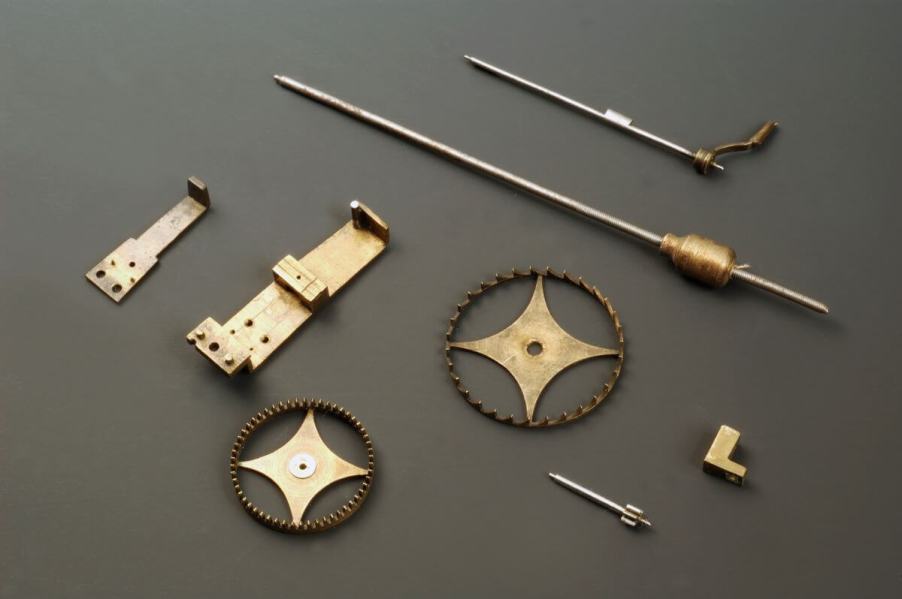
What Are Cotter Pins Made Out Of?
Cotter pins, also known as split pins, are one of the most critical maintenance auto parts found in your vehicle. Without cotter pins, your entire suspension system could fail while you are on the road! A split pin works by helping keep a fastener in place. This function is essential in components with zero room for error, such as a car’s steering and suspension. Typically when a part like a tie rod end or a wheel hub is installed, a castle nut is used, which gets its name from its design that resembles gaps or embrasures found in medieval castles. Through these gaps, a cotter pin is fed through and then bent to ensure that the castle nut can never back out during use.
However, what exactly are these small pins made out of? Even though split pins are relatively cheap, are there any advantages to using one of the other different designs found in auto parts stores across the country? Here is everything you need to know about what cotter pins are made of and the different types you can find in stores.
What materials are cotter pins made out of?
Typically, cotter pins come in a few different types of metals, with some plating options also available. According to Grainger, cotter pins can be found with brass, carbon steel, low carbon steel, and stainless steel construction. On top of that base metal, it is common to see zinc plating applied to the outside of the split pin. If you are looking for a split pin that will retain its visual appearance, stainless steel is a great option, but zinc is just as good, although it may rust over time.
In higher-end applications, other specialty cotter pins can be found as well. Monroe Aerospace offers aerospace-level and military-spec options for cotter pins. Some of these specialty pins include bronze and aluminum construction.
Which type of split pin is the best for you?
Before you research which cotter pin is the best for your needs, it is essential to get the basics covered. According to FMW, you need a cotter pin that is long enough to fit through the hole on each end of the castle nut. You also need to make sure you have a head size that is large enough so that the pin cannot fall out over time. It must also be wide enough to fit through the castle nut hole without too much wiggle room.
Once you have a size and a material picked out, you must choose a shape. The most common type is the extended prong pin, which is the most basic cotter pin with a U shape and one prong slightly longer than the other. Once applied, this pin shape must be bent to ensure the pin cannot be backed out. R-clip split pins are shaped like the capital letter R and feature one straight prong and one curved prong. These are typically used around cylindrical shape components. Hammerlock pins are nearly the same as extended prong pins, except that a hammer is used to strike them into place and close the prongs together.
Cotter pins are one of the most relied-upon components of any vehicle’s suspension and steering system. Without them, there would be no reliable way to ensure your vehicle drives correctly every time without extended wear.




